May 6, 2024 | 22:35 GMT +7
May 6, 2024 | 22:35 GMT +7
Hotline: 0913.378.918
May 6, 2024 | 22:35 GMT +7
Hotline: 0913.378.918
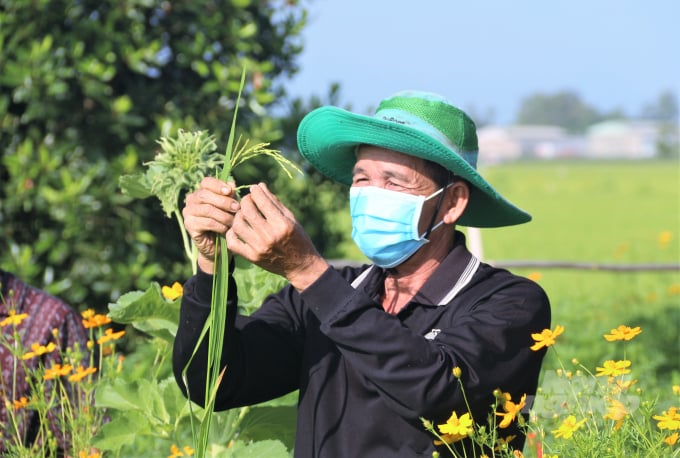
The "rice fields with flower bank" model will attract useful insects to attrack harmful worms. Photo: Pham Hieu.
Farmer Kieu Van Lien from Phu Hoa Hamlet, Phu Huu Commune, An Phu District in An Giang Province is one of them. He has cultivated rice following the ecological model of “rice fields with flower bank” on a total area of nearly 2 hectares.
Consequently, the crop could still produce stable yield while the production costs have been significantly reduced.
"By planting flowers along the bank of the field, I have saved about 3 million VND/ha thanks to less need to spray pesticides and planthoppers", Lien said.
The model, in which farmers grow flowers along rice field bank to entice useful insects to eat harmful worms and increase their productivity, has also proved its effectiveness in other Mekong Delta provinces, like Tien Giang.
According to Nguyen Van Tuan from Tan Vinh Hamlet, Tan Hoa Thanh Commune, the model is a good way to reduce costs when the prices of fertilizers and pesticides are currently high.
“Prior to the application of the model, my family used to spray the fields 7-8 times with herbicides and insecticides that cost us several million VND/ha. Now the model has helped us to save such spending while creating beautifully colorful countryside,” he said.
The model of "rice fields with flower bank" has also been conducted in many northern provinces, especially the new rural areas.
“My family cultivates three hectares of rice and then we plant a variety of flowers along the bank of the field after sowing for about two weeks,” said Duong Minh Nga from Van Thanh Commune, Yen Thanh District, Nghe An Province.
“The flowers that attract useful insects that eat harmful insects the most include cosmos, Gerbera, butterfly pea flowers, sunflowers and daisies.
“When those flowers are in full bloom, their scents and colors attract many kinds of useful insects such as ladybugs, parasitic wasps, spiders, among others. These animals will destroy harmful insects, helping to reduce the use of pesticides and increase rice yield,” he said.
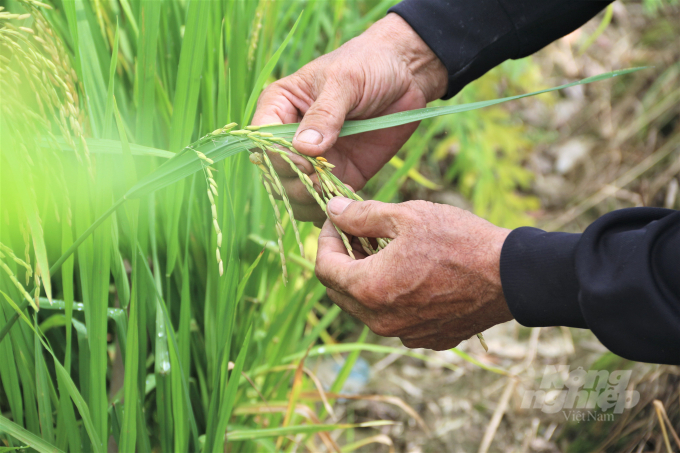
The prices of fertilizers and pesticides are currently high, so "rice fields with flower bank” is a good way to reduce costs. Photo: Pham Hieu.
However, “rice fields with flower bank” is not a new model.
It was piloted by the International Rice Research Institute (IRRI) during the 2009-2010 Winter-Spring crop in Cai Lay and Cai Be Districts of Tien Giang Province.
The model aims to improve the botanical system in rice fields to increase their ecological resistance and reduce the use of pesticides during the early stage of rice cultivation.
It also helps to limit the use of pesticides, reduce costs for farmers, and protect human health and the environment.
In recent times, this model has been increasingly widely applied and obtained many positive results.
The flowers planted around the field are diverse, but particularly white and yellow flowers that produce much pollen attracting more useful insects that eat harmful pests.
Useful insects like spiders, ladybugs eat pests such as leaf rollers, planthoppers, spider mites and therefore help to save spending on pesticides.
Both local farmers and technical staff have highly appraised the effectiveness of the model.

The model will help maintain ecological balance in the field. Photo: Pham Hieu.
According to Tran Thi Thien Huong, head of the agriculture section of Ba Ria – Vung Tau Provincial Agricultural and Fishery Extension Center, the model helps reduce environmental pollution, create ecological balance in the fields, protect farmers’ health, and improve their technical know-how, and disease control in rice fields.
“Farmers in the Mekong Delta region have applied the model to grow flowers around their rice field. This has created a good ecological environment, reduced epidemic diseases in rice fields, and improved product quality.
“It is a breakthrough for rice field restructuring which reduces harmful pesticides, preserves the natural environment, develops agriculture sustainably, and boosts people’s incomes,” she added.
According to the Department of Crop Production under the Ministry of Agriculture and Rural Development, this model improves farmers’ saving at a time when the prices of fertilizers and pesticides are increasing so it should be widely implemented across the country.
In addition, to further reduce production costs, the department recommended that the farmers combine "1 must 5 reduction" measures such as: reducing varieties, reducing fertilizers, reducing chemical drugs, reducing irrigation water and reducing postharvest losses. Thanks to a harmonious combination of factors, farmers can reduce 1-2 doses of fertilizers and pesticides while still achieving high yields.
Translated by Phuong Ha
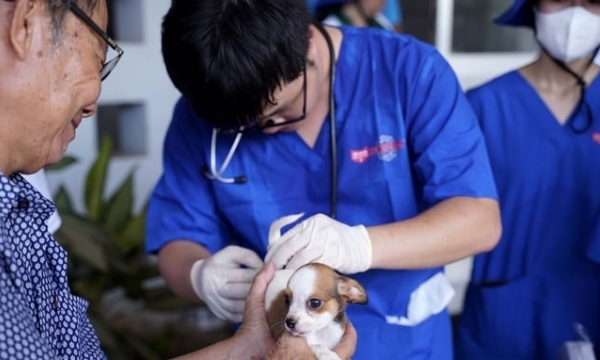
(VAN) Pet owners in Long An province exhibit indifference and a lack of understanding regarding rabies. They maintain the misconception that pet dogs and cats are immune to the disease.
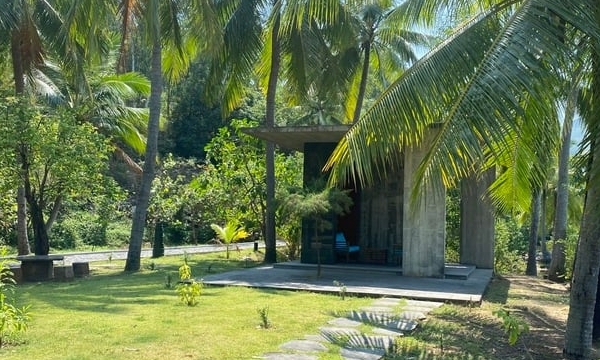
(VAN) The STAR-FARM project is funded by the European Union and implemented in the provinces of Dong Thap, Kien Giang and Tra Vinh, with a total investment of 4.2 million Euro.
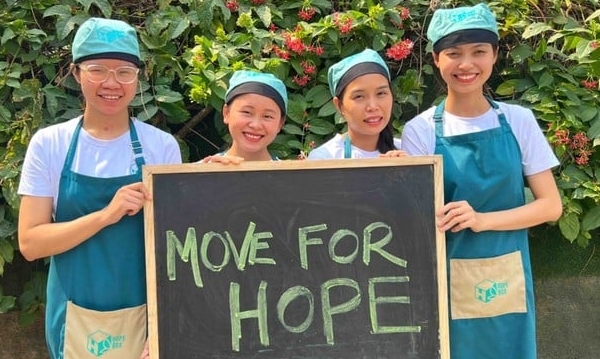
(VAN) The ecosystem and social impact business organizations (SIBs), although still modest in number, is very diverse and dynamic, they have been creating positive changes in many aspects, contributing to building a sustainable future
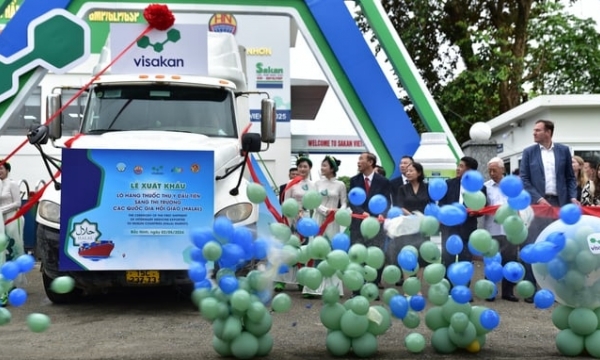
(VAN) Visakan Biotechnology Development Investment Company, a subsidiary of Hung Nhon Group, recently held a ceremony to commemorate its first export shipment of veterinary medicine to the Halal market.
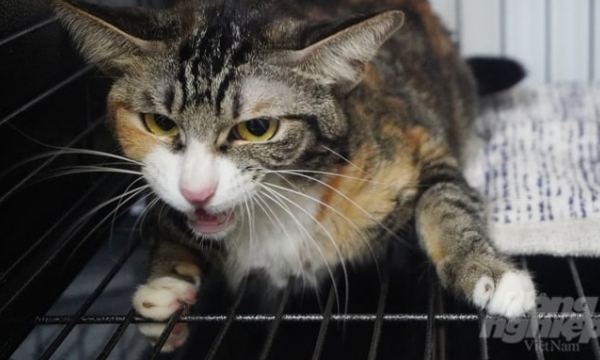
(VAN) If temporary regulations on dog and cat ownership are approved, Ho Chi Minh city will pilot the implementation of microchipping for dogs and cats in several designated areas within the inner city.
/2024/05/02/5303-5730-6-185654_281.jpg)
(VAN) Dr. Pham S, Vice Chairman of Lam Dong Provincial People's Committee: 'Lam Dong has attracted 80 FDI enterprises and 1,550 domestic enterprises to invest in agricultural development, with 150 agricultural cooperatives applying high technology'.
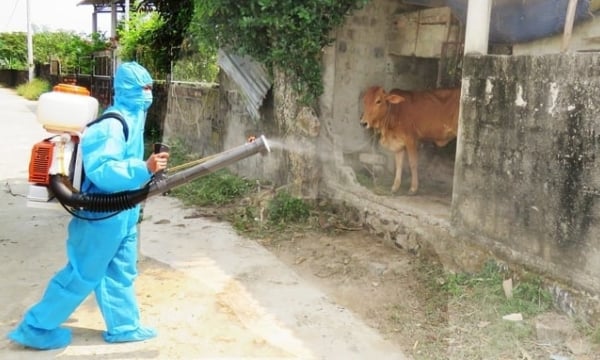
(VAN) An outbreak of Lumpy Skin Disease has occured across four districts in Quang Binh province, prompting local veterinary forces to strengthen prevention efforts.